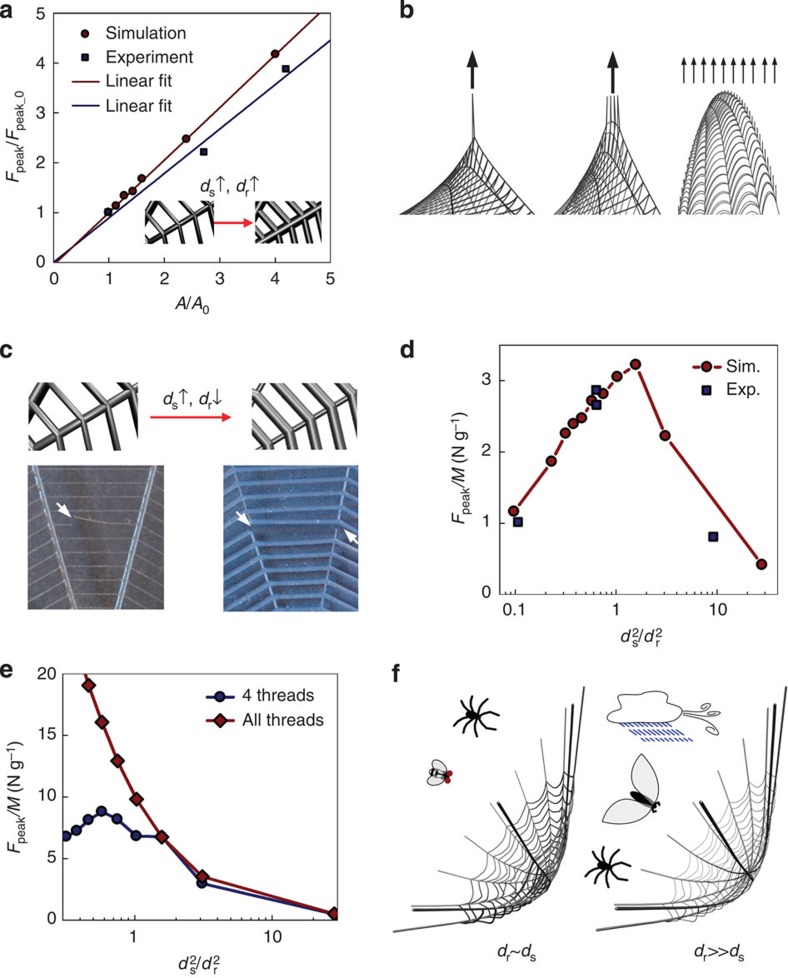Figure 4. Material distribution effects on web strength.
(a) Effect of homogeneously increasing thread diameters on PDMS web strength. We take the initial structure of ds_0=200 μm and dr_0=250 μm and keep ds/dr=0.8 constant for different models with increasing diameters for both threads. The peak force is normalized by the peak force of the initial web structure (Fpeak_0=0.3 N). Linear fitting gives Fpeak/Fpeak_0=(1.03±0.01)A/A0 for simulation and Fpeak/Fpeak_0=(0.89±0.12)A/A0 for experiment. (b) Close-up of the simulation snapshots of applying point force (n=1) (left), force involves four spiral threads (n=4) (middle), and homogenously distributed force (force on each section of each thread is proportional to its cross-section area) to the web (right). For the third case, considering that a web usually does not subject to wind and rain loading normal to the web surface, the web is initially tilted at an angle of ϕ=26.6° with the distributed force. (c) Different failure modes for webs with ds2/dr2 changing from 0.1 to 10 for point loading. The web with ds2/dr2=0.1 ruptures at the loading point while the web having ds2/dr2=10 ruptures in the radial threads away from loading. (d) Comparison between simulation and experiment of Fpeak/M as a function of ds2/dr2. The peak value of 3.2 N g−1 is reached at ds/dr=1.26. (e) Simulation result of Fpeak/M for the case n=4 and homogenously distributed force. Maximum Fpeak/M=8.8 N g−1 is reached at ds/dr=0.76. No peak value is identified for homogenously distributed loading, but Fpeak/M increases for decreasing ds/dr. At ds/dr→0, the maximum Fpeak/M is estimated as 140 N g−1 for the strength of the 12 radial threads. (f) Schematics of the optimized spider web in different conditions. ds∼dr is for the case of small prey and self-weight, while dr>>ds is necessary for large prey and rain and wind that can cause homogenously distributed force.

